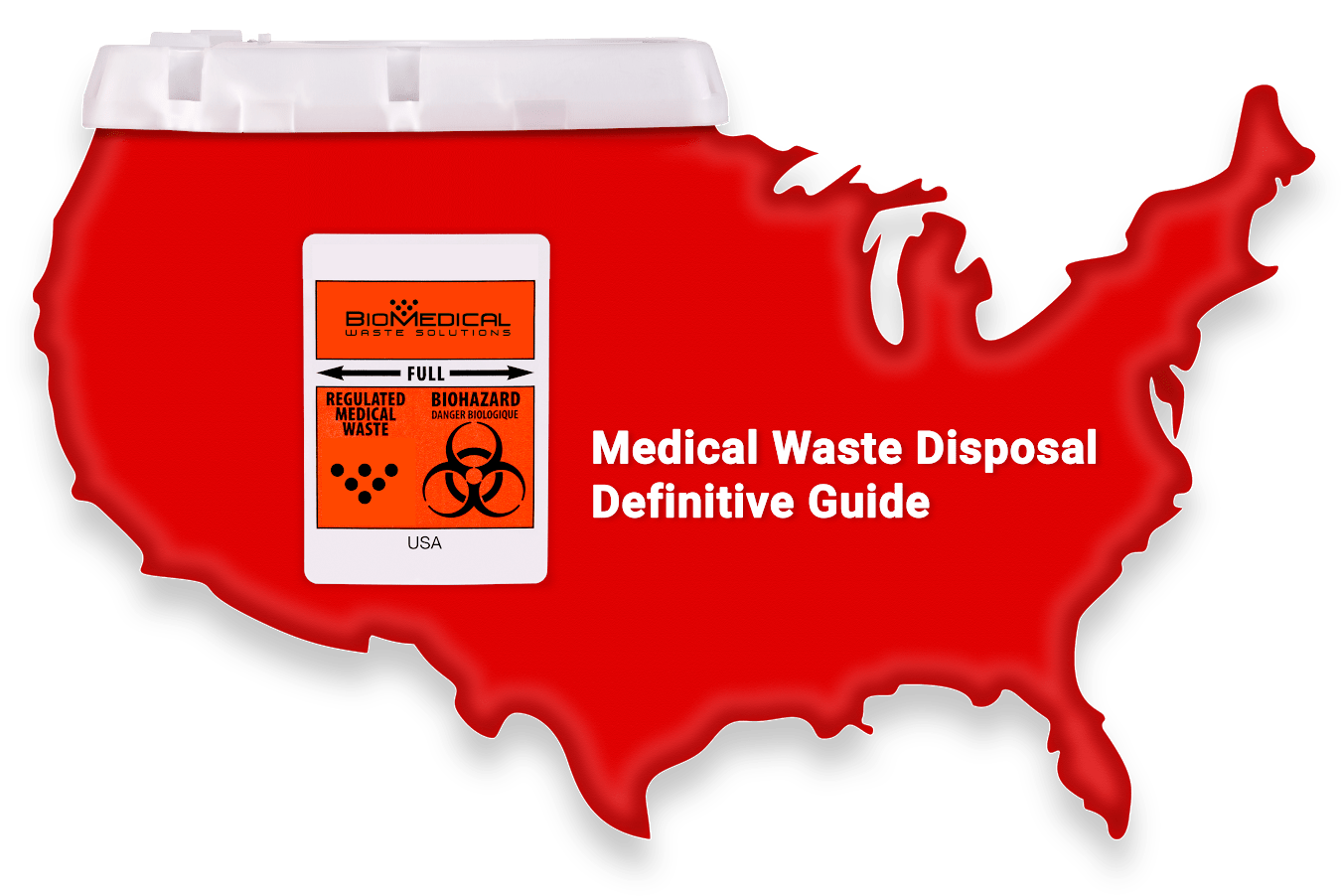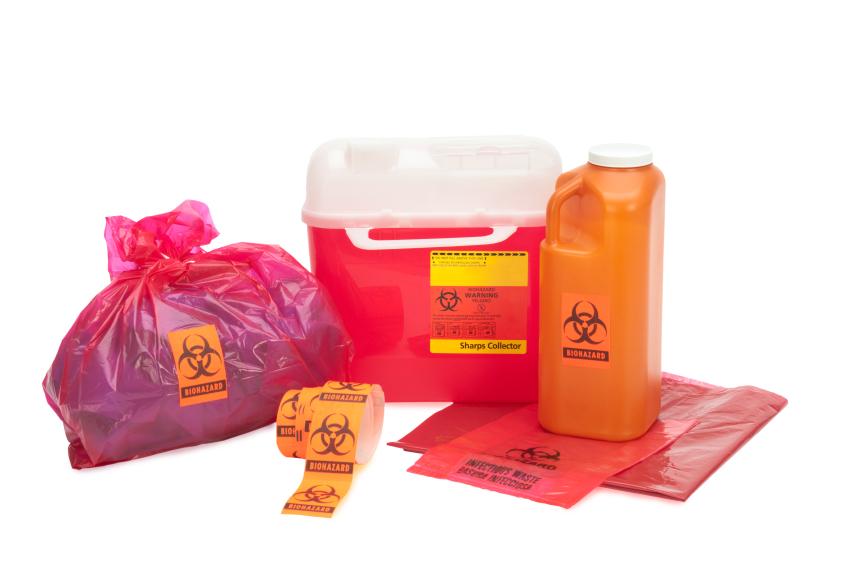Checking Out Different Waste Disposal Options for a Cleaner Setting
In the quest of a cleaner atmosphere, the monitoring of garbage disposal has actually arised as an essential prime focus for sustainable growth. With a plethora of waste disposal options offered, varying from standard garbage dump methods to cutting-edge waste-to-energy technologies, the choice of how we handle our waste has far-reaching implications for our world's health. By examining the different strategies and methods used in reusing, composting, incineration, landfill monitoring, and waste-to-energy processes, a deeper understanding of their effects and performance can be acquired. The mission for optimum waste disposal methods that prioritize ecological conservation while meeting the demands of an expanding populace remains a pressing problem in today's globe.
Recycling Approaches
Implementing effective recycling techniques is important in reducing waste and advertising sustainability in our setting. Reusing includes the process of transforming waste products into reusable challenge prevent unnecessary disposal. Among one of the most typical recycling approaches is worldly recovery, where materials like paper, plastic, glass, and steel are collected, sorted, and refined to create brand-new products. This process not just preserves natural deposits however also decreases energy intake and greenhouse gas discharges linked with generating new products from square one.
Another crucial recycling method is composting, which entails breaking down natural waste like food scraps and lawn trimmings right into nutrient-rich soil. This procedure not just draws away organic waste from landfills however also produces a valuable resource for horticulture and farming. Additionally, upcycling is an imaginative recycling technique that includes changing old or discarded products right into products of greater quality or value. By incorporating these numerous reusing techniques right into our waste administration techniques, we can dramatically lower our environmental footprint and relocate in the direction of a much more sustainable future.

Composting Methods
Efficient waste administration practices, such as recycling methods, lead the way for a cleaner atmosphere, and now, moving the emphasis to 'Composting Techniques', we check out lasting methods to disintegrate organic waste for ecological benefit. medical waste disposal.
Composting is a natural procedure that changes organic waste, like food scraps and yard trimmings, into a nutrient-rich soil modification. The secret to effective composting lies in producing the best equilibrium of green materials, such as fruit and veggie scraps, and brown materials, like dried out twigs and leaves. These products decompose with the help of bacteria, damaging down the waste into beneficial compost.
There are different composting strategies offered to match different demands. Conventional yard composting involves layering organic materials in a container or heap and consistently turning the mix to aerate it. Vermicomposting, on the various other hand, utilizes worms to break down raw material into garden compost (click here). For those with minimal room, indoor composting systems give a convenient remedy. By using composting methods, we can decrease the amount of waste sent out to garbage dumps while producing an advantageous product for enriching soil and sustaining plant development.
Incineration Cons and pros
Incineration, as a garbage disposal approach, provides both advantages and drawbacks that merit cautious factor to consider in the realm of sustainable waste monitoring techniques. On the positive side, incineration can significantly reduce the quantity of waste, lessening the requirement for landfill room and potentially decreasing greenhouse gas exhausts. Incineration likewise enables the recuperation of power through the generation of electricity or warmth, adding to resource healing. The procedure can be used to destroy dangerous materials, providing a secure method for dealing with specific kinds of waste that may posture risks to public wellness and the environment if left without treatment.
Nevertheless, there are remarkable drawbacks to incineration. One major worry is the possible release of harmful contaminants right into the air, such as dioxins, hefty steels, and particulate issue, which can have unfavorable impacts on human health and wellness and the setting. Additionally, the high initial investment and functional prices of incineration centers posture financial challenges, making it a less cost-effective option compared to other waste administration methods. Cautious monitoring and regulation are vital to alleviate these adverse influences and make the most of the advantages of incineration as component of a thorough waste monitoring Source strategy.
Land Fill Monitoring Approaches
Landfills play an essential function in waste administration and environmental conservation by providing a containment system for the disposal of strong waste products. Reliable land fill administration methods are vital to minimize ecological influences and guarantee the lasting sustainability of these waste disposal sites. One crucial technique appertains waste compaction to take full advantage of the use of available space within the land fill (click here). By condensing the waste, the quantity is minimized, permitting more waste to be accommodated in time.
Additionally, the implementation of day-to-day cover techniques is crucial in decreasing smells, stopping trash, and decreasing the destination of bugs. Treatment the disposed waste at the end of each day aids to consist of odors and protect against prospective environmental contamination. Additionally, the monitoring of land fill gas emissions and leachate degrees is vital in guaranteeing that ecological criteria are satisfied which any type of possible dangers to bordering environments are reduced.

Waste-to-Energy Technologies
One of the ingenious strategies to throw away monitoring entails using Waste-to-Energy technologies to transform strong waste into usable energy sources. Waste-to-Energy (WtE) modern technologies incorporate a variety of processes that intend to extract power from waste products via thermal, chemical, or organic methods. This conversion procedure not just minimizes the volume of waste that winds up in garbage dumps however likewise creates beneficial power sources such as electrical power, heat, or biofuels.
There are a number of techniques of Waste-to-Energy conversion, consisting of pyrolysis, gasification, and incineration. Incineration involves shedding waste at heats to generate heat and electrical power. Gasification transforms waste right into a syngas, which can be used for power generation or chemical production. Pyrolysis breaks down organic products utilizing high temperatures in the lack of oxygen, creating char, bio-oil, and gas.
Executing Waste-to-Energy technologies can aid alleviate environmental concerns connected with traditional garbage disposal techniques while all at once giving an eco-friendly power resource. Mindful consideration has to be given to discharges control and ensuring the sustainability of feedstock materials for these technologies to be absolutely useful for a cleaner atmosphere.

Conclusion
In verdict, exploring numerous waste disposal choices such as recycling, composting, incineration, garbage dump management, and waste-to-energy modern technologies is crucial for promoting a cleaner setting - click here. Each technique has its very own advantages and challenges, yet by using a combination of these methods, we can work towards minimizing the amount of waste that winds up in land fills and inevitably contribute to an extra lasting future for generations to come
With a wide variety of waste disposal alternatives available, ranging from traditional landfill approaches to cutting-edge waste-to-energy technologies, the selection of how we handle our waste has far-reaching ramifications for our earth's health. medical waste removal near me.Incineration, as a waste disposal technique, provides both advantages and drawbacks that merit cautious consideration in the realm of sustainable waste management techniques.Land fills play a crucial role in waste monitoring and ecological preservation by giving a control system for the disposal of strong waste products. By condensing the waste, the volume is minimized, allowing for more waste to be accommodated over time
One of the innovative methods to lose monitoring entails utilizing Waste-to-Energy innovations to transform strong waste right into useful energy sources.